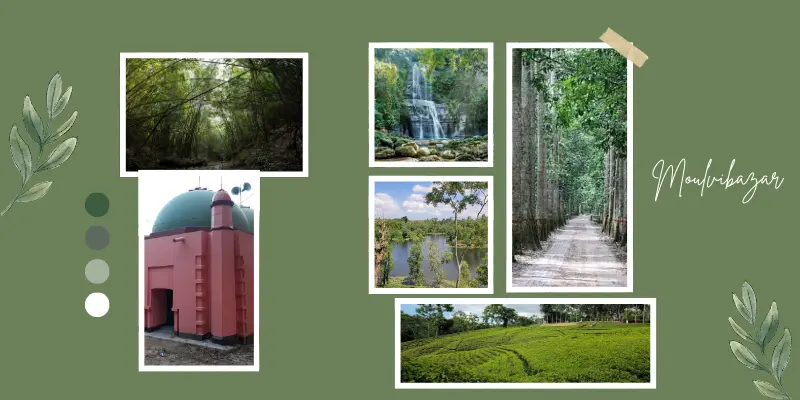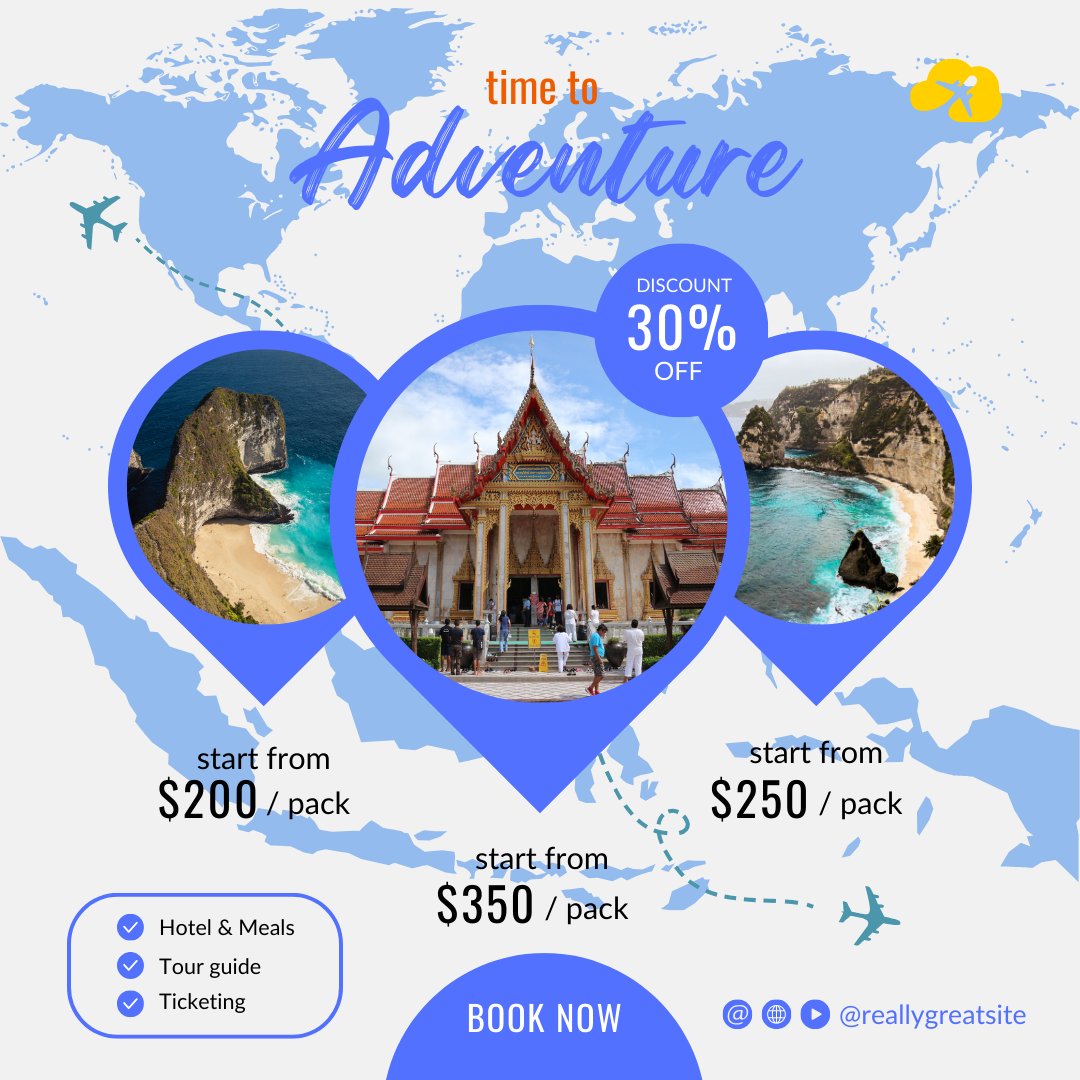
Moulvibazar
Total Views : 308 | Published Date : April 12, 2025Geography:
Moulvibazar, also spelled Moulabhibazar, Maulvibazar, Moulavibazar and Maulavibazar, (former South Sylhet) is the southeastern district of Sylhet Division in northeastern Bangladesh, named after the town of Moulvibazar. It is bordered by the Indian states of Tripura and Assam to the south and east, respectively; by the Bangladeshi districts of Habiganj to the west and Sylhet to the north.
Economy:
The main exports of Moulvibazar are bamboo, tea, pineapple, cane, jackfruit, oranges, rubber, mangoes and lemons. Ninety-one of Bangladesh's 153 tea gardens are located in Moulvibazar. The area is also home to the three largest tea gardens (size and production wise) in the world. Pineapples from the Sreemangal area are famous for their flavour and natural sweetness. Srimangal is known as the 'tea capital of Bangladesh' due to the high frequency of tea plantations found there.
Must Visit Places:
Srimangal is known as the Tea Capital of Bangladesh and is the only place where one can have the original 7-layered tea. Moulvibazar also has notable religious sites such as the dargah and mosque of Shah Mustafa, a companion of Shah Jalal; as well as the Jiladpur Mosque and Goyghor Mosque, two ancient mosques from the 15th century. Madhabkunda waterfall in Barlekha is probably the most well-known tourist attraction of the district. The Hum Hum waterfall located in the Razkandi Reserve Forest in Kamalganj was also recently discovered in 2010. The district also contains one of the country's major national parks, Lawachara National Park, famous for its biodiversity. Madhobpur Lake is the only place in the country in which you can find the white-bellied heron.[20] Hakaluki Haor, Hail Haor and Bilashchhara Lake are also other nearby wetland ecosystems.
Categories
- Dhaka 13
- Chittagong 11
- Rajshahi 8
- Khulna 10
- Barishal 6
- Sylhet 4
- Rangpur 8
- Mymensingh 4
Featured Posts
